The Preservation of Folklore in Digital Archives: Safeguarding Cultural Heritage
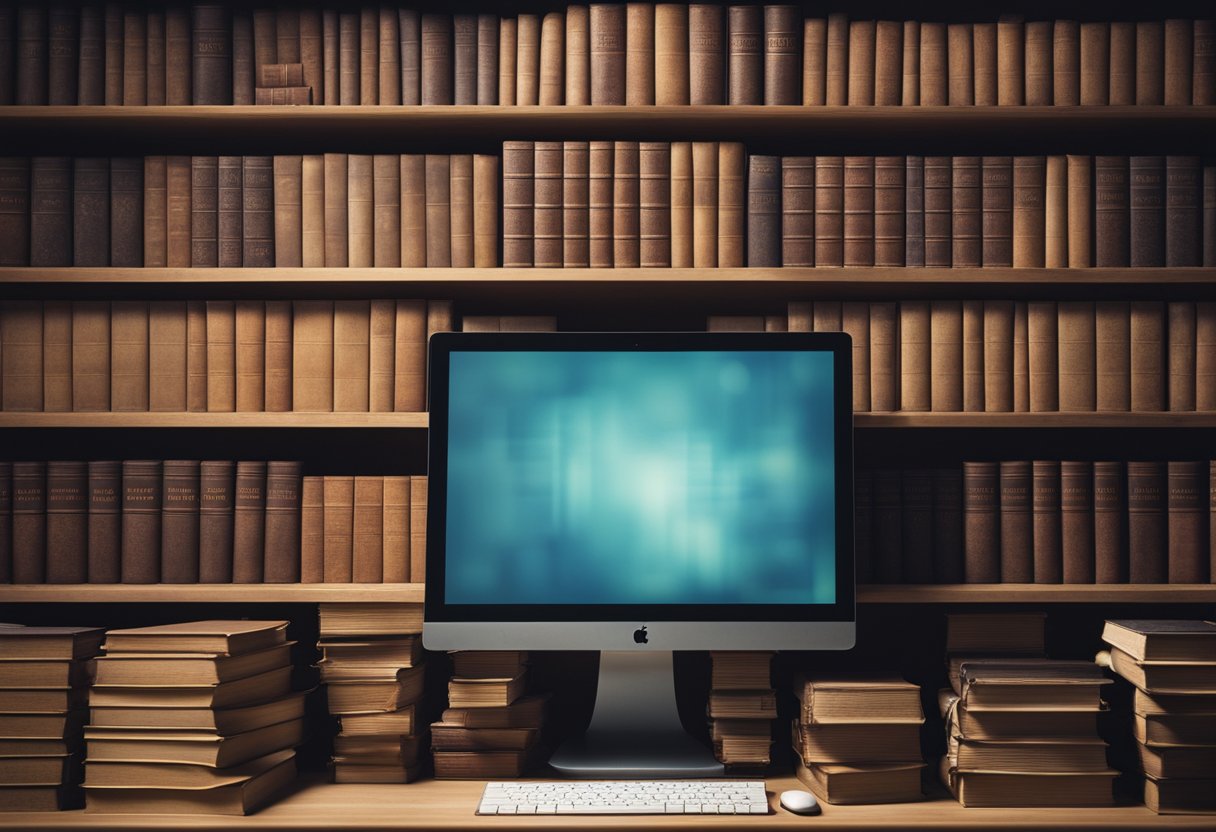
Updated On: April 30, 2024 by Maha Yassin
Folklore is a tapestry of cultural heritage, embodying the stories, traditions, and artistic expressions passed down through generations. The digital age presents both opportunities and challenges in preserving these cultural narratives. Through the preservation of folklore in digital archives, we can immortalise the rich and intricate fabric of folklore in resilient formats against the decay of time and the physical degradation that afflicts traditional archives. By embracing technology, we ensure that the vibrant spectrum of our collective memories and identities remains accessible to future generations.
The transition from physical to digital archives safeguards these precious narratives and enhances their availability. Digital archives pave the way for wider global access, allowing scholars and enthusiasts to engage with folklore on an unprecedented scale. Inclusivity becomes a focal point in folklore studies within the context of the digital era. Preserving indigenous and regional folklore in digital libraries helps maintain diversity within our cultural dialogues, integrating local wisdom and folklore traditions worldwide into a collective repository.
The Evolution of Folklore Preservation
In our overview of preserving folk culture, we trace the journey from oral traditions to modern digital archiving, emphasising libraries and museums’ pivotal roles in this continuum.
From Oral to Digital: A Historical Perspective
Folklore has thrived through oral traditions, where stories, songs, and customs were passed down through generations vocally. Over time, written records began to supplement oral narratives, enabling traditions to withstand the inevitable distortions of memory and time. As we transitioned into the digital era, the advent of technology offered unprecedented ways to preserve and disseminate these cultural treasures. Digitisation projects, like Open Folklore, have transformed folklore preservation, ensuring that these aspects of our heritage are not just preserved in static form but continue to evolve and be accessible in a global context.
Roles of Libraries and Museums
Libraries and museums are vital custodians of folklore. The American Folklore Society spearheads efforts to catalogue and conserve folklore materials, promoting open access to folk culture archives. Museums exhibit tangible artefacts, imbuing the public with an appreciation for our collective traditions. Together, these institutions ensure that folklore is preserved as a historical record and a living, breathing aspect of our contemporary world.
By pivotally shifting from primarily physical collections to incorporating digital archives, libraries and museums now extend the reach of folklore studies worldwide. Their marriage with technology has given rise to new platforms and avenues where folklore can be actively engaged with and studied, providing a broader, more inclusive understanding of the rich tapestry of our cultural heritage. They are our partners in storing the past and curating the future, ensuring that the wisdom of bygone eras enriches the digital age and beyond.
Digitisation Processes and Techniques
In our journey to preserve the rich tapestry of folklore, we employ meticulous digitisation techniques. These processes enable us to immortalise stories, songs, and rituals that form the backbone of our cultural heritage.
Methods of Folklore Archiving
When archiving folklore, our first step is to ensure that oral traditions and performances are recorded using high-definition audio-visual equipment. We transcribe narratives and encode them in universally readable formats, ensuring the essence and dialects inherent to folk traditions are not lost. Our approach to digital folklore archiving involves metadata creation for easy retrieval and reference and ethical considerations to respect the source communities.
Digitising Artifacts and Ephemera
Digitising physical artefacts and ephemera requires a nuanced understanding of the materials we preserve. We employ high-resolution scanners for flat items and 3D imaging technology for objects, ensuring each detail is captured. Fragile items are handled with extreme care, following conservation protocols to prevent damage during digitisation. Through these careful techniques, we can bring tangible bits of history into the digital realm, allowing for broader access and study.
Challenges in Folklore Digital Preservation

We face significant hurdles in our efforts to preserve the rich tapestry of global folklore. Two primary challenges confront us: maintaining the authenticity and accuracy of folk traditions and overcoming the technicalities of digital storage and retrieval systems.
Ensuring Authenticity and Accuracy
The essence of folklore preservation lies in ensuring that the intricate details and nuanced expressions of cultural heritage remain intact and true to their origins. Our task is to capture the authenticity of traditional stories, customs, and artefacts for future generations. However, the subtleties of oral narratives and cultural expressions can sometimes be lost in digitisation. Furthermore, the risk of misinterpretation or alteration of content is ever-present. We must employ rigorous verification processes and collaborate with cultural experts and local communities to ascertain the authenticity and accuracy of the folklore we aim to safeguard.
Storage and Retrieval Issues
Efficient storage and retrieval of digitised folklore present complex technical challenges. Our archives must accommodate the large volumes of data and ensure that this information remains accessible despite rapidly evolving technological standards. Additionally, there’s the concern of digital decay, where data can become corrupted or unreadable as formats become obsolete. We must implement robust digital preservation strategies, such as regular data migration and the use of sustainable, forward-compatible formats, to guarantee that these cultural treasures are not lost in the digital abyss.
Digital Libraries and Archives
Digital libraries and archives play a pivotal role in preserving folklore. By harnessing cutting-edge technology and robust infrastructures, they ensure that yesteryear’s cultural expressions and knowledge remain accessible for future generations.
Infrastructure and Design
A resilient infrastructure underpins digital libraries serving folklore preservation. This encompasses not only the physical servers and storage solutions but also extends to the user interfaces and access systems that enable seamless retrieval of information. The architecture of a digital library is critical as it must support a plethora of multimedia formats – from audio recordings and photographic archives to textual documents and field notes. For instance, the American Folklife Center empowers scholars and the public with online presentations, continuously updating and adding new materials.
Role of Metadata in Folklore Archives
Metadata in folklore archives is the scaffold that supports content discoverability and organisational efficacy. It involves systematically labelling and classifying archived materials to ensure that each entry is easily searchable and interpretable. Detailed metadata includes descriptors such as the origin, date, creator, and content summaries, all of which are critical in a field that relies on the contextual understanding of traditions and cultural expressions. A well-implemented metadata strategy not only aids in the preservation efforts but also enhances the educational value of the archives, as showcased by projects like Open Folklore, which combines digitisation with an emphasis on open access.
Folklore Studies in the Digital Age

Folklore has found a new realm in the digital world where traditions are catalogued, studied, and shared globally. This shift to digital platforms ensures folklore’s preservation and continued evolution through innovative methodologies and scholarly contributions.
Computational Folkloristics
Computational folkloristics represents a groundbreaking fusion of traditional folklore studies with technological advancements. We can analyse large datasets of folklore items using digital tools and methods more efficiently. Through the digitisation of texts, recordings, and other folklore media, archiving and accessibility have been greatly enhanced. This digital approach preserves vanishing traditions and opens up new avenues for research and global dissemination.
Simon Bronner’s Contributions
Simon Bronner is a pivotal figure in folklore studies, notably for his comprehensive understanding of tradition in modern contexts. Bronner’s work emphasises the dynamic nature of folklore and its adaptability to the digital age. By elucidating the interactions between folklore and popular culture, his insights reinforce the importance of contextual and nuanced analysis within the digital landscape, ensuring that folklore’s relevance is appreciated beyond its traditional boundaries.
In our journey through the digital transformation of folklore, we are witnessing the reshaping of how we collect, interpret and share the cultural narratives that define human experience across the ages.
Internet and Social Media Impact
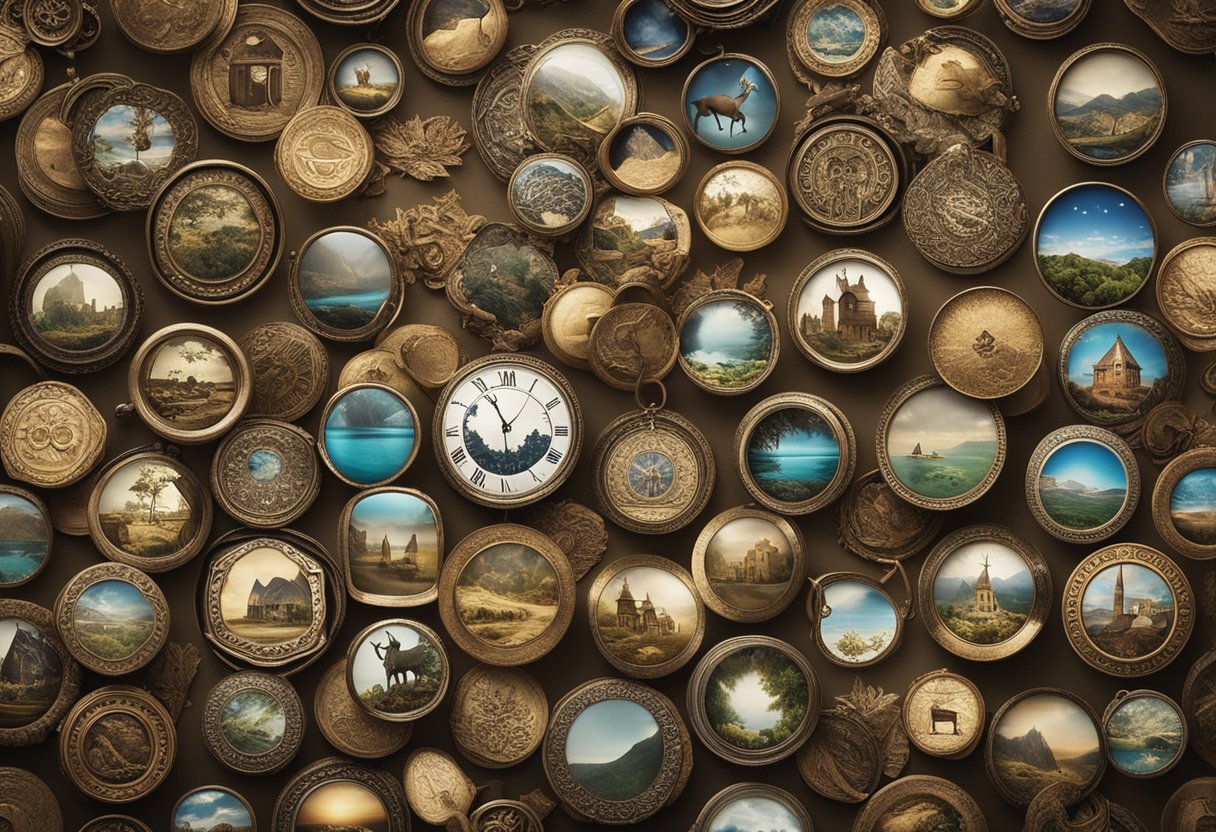
The digital landscape has fundamentally transformed how we create, share, and preserve folklore. Below, we explore the nuances of folklore’s evolution in response to the rise of social media platforms and the internet.
Folklore in the Era of Social Media
Social media channels have provided unprecedented opportunities for the spread and evolution of folklore. Platforms like YouTube and various meme-centric sites foster a collaborative environment where users can share and reinterpret folk narratives. Memes, for instance, serve as a modern expression of traditional folklore, encapsulating aspects of our digital culture with remarkable speed and shareability. These snippets of culture reflect contemporary values and issues, often through humour or satire. They are rapidly transmitted across the internet, echoing how folklore was spread orally in the past.
Dynamics of Digital Folklore
The internet is a living archive, a dynamic repository for the stories and artistic expressions that define digital folklore. Unlike traditional archives, the internet’s archival process is inclusive and constantly evolving. The nuances of user-generated content, evolving language, and community interactions display the vivid dynamics of digital folklore. This constantly updated medium ensures that our digital culture is captured in real time. Still, it also presents challenges in terms of preservation, as not all digital content is saved permanently. Librarians and archivists are wrestling with how to save and catalogue this ephemeral digital cultural content to ensure it remains accessible for future generations.
Preserving Indigenous and Regional Folklore
We recognise the importance of maintaining indigenous and regional folklore’s cultural integrity and continuity in the digital age. This ensures the survival of these rich traditions and their accessibility for future generations.
Taiwanese Folklore Artifacts
In Taiwan, preserving folklore artefacts extends beyond physical preservation to digital archiving. Artefacts such as traditional puppets and religious statues epitomising Taiwanese folklore are meticulously catalogued and digitised. By doing so, we provide global access to these cultural treasures while safeguarding the nuanced artistry and historical contexts that define them. Such digital repositories allow a broader appreciation of Taiwan’s cultural heritage, making it a key component of worldwide folklore preservation efforts.
Local Traditions and Global Platforms
Local traditions gain an unprecedented global audience through digital platforms like Connolly Cove, which celebrates world cultures. By featuring diverse expressions of folklore, such platforms enable a regional tradition to find resonance on a global scale. We actively partake in this digital dissemination, spotlighting tradition through stories, images, and audio-visual content. This amplification helps safeguard the vibrancy of local customs, offering them a space to flourish and evolve within the global tapestry of cultural practices.
Educational Applications of Folklore Archives
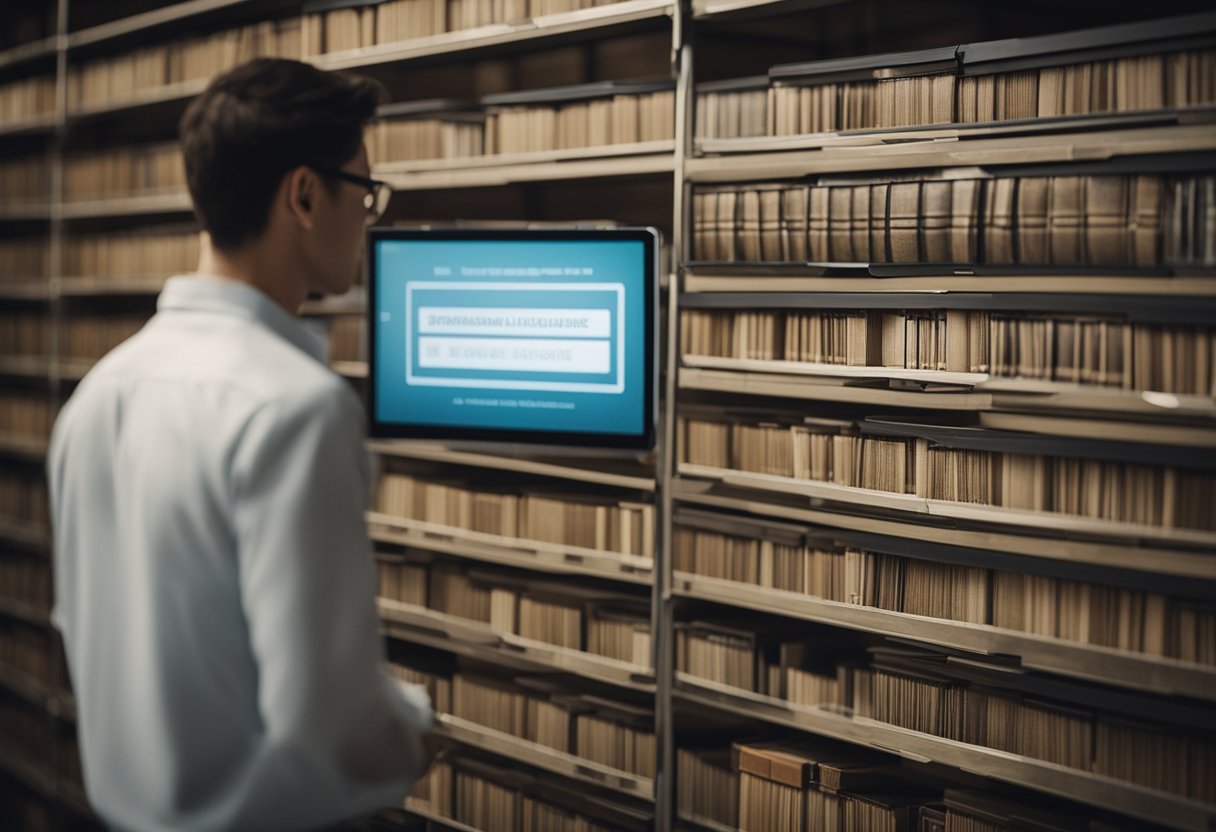
In adapting folklore for educational purposes, digital archives offer robust platforms for both e-learning and enhancing learner satisfaction through interactive materials.
E-Learning and Learner Satisfaction
Leveraging digital folklore resources, we can create comprehensive e-learning environments. These platforms allow students to access folklore materials that traditionally would have been difficult to obtain. Educators integrate Open Folklore resources to provide a diverse, multi-cultural curriculum promoting cross-cultural understanding and appreciation. Utilising these resources ensures a broadened educational reach and significantly increases learner satisfaction by providing on-demand access to a rich tapestry of folklore heritage.
Interactive Videos and Learning Effectiveness
Interactive videos, included in a digital archive’s toolkit, greatly enhance learning. For instance, storytelling in folklore can be brought to life through interactive videos that allow students to engage with content dynamically. This visual and auditory stimulation has improved retention rates and understanding, making the learning experience more effective. Expressive media, like video, not only serve the educational narrative but also cater to diverse learning styles, ensuring that all students can benefit from the folklore materials available.
Preservation of Folk Arts and Music
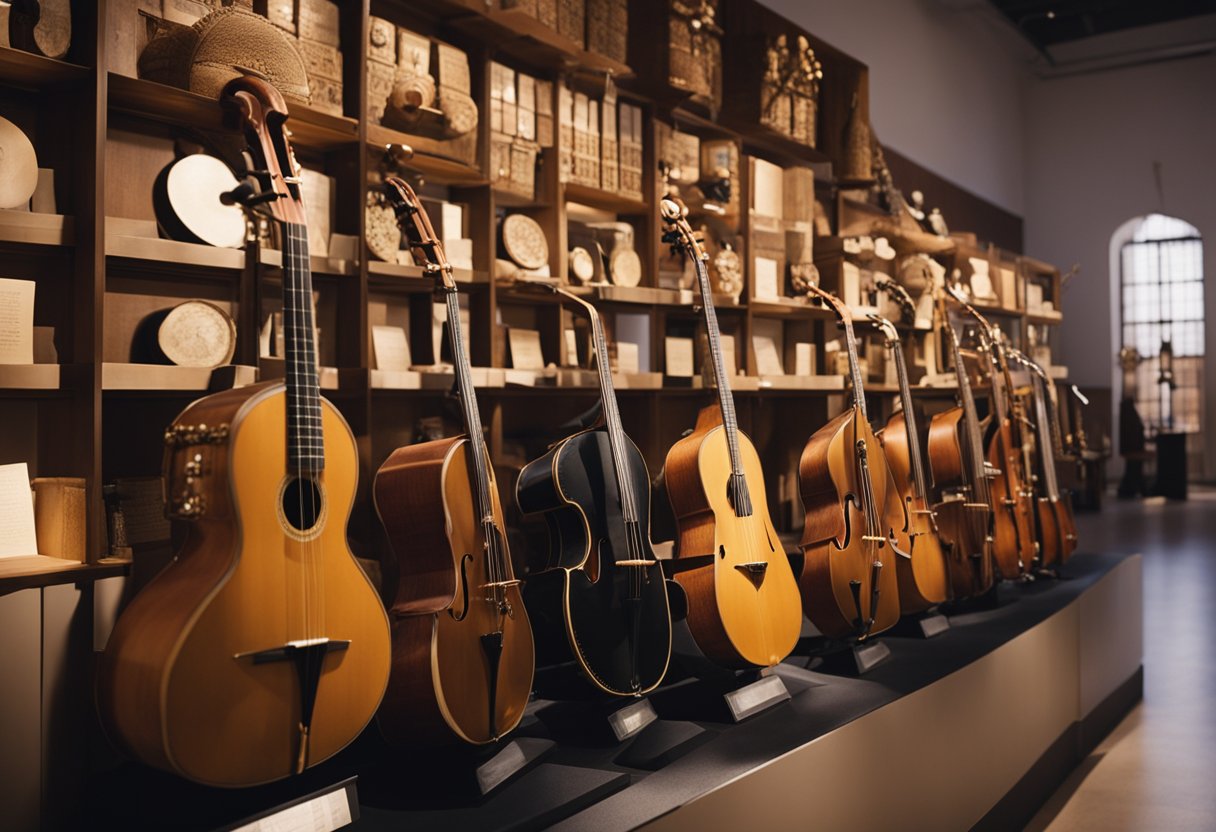
Folk arts and music form an integral part of cultural heritage, and their preservation through digital archives ensures their endurance for future generations. The convergence of technology and traditional practices offers promising avenues for safeguarding these cultural treasures.
Protecting Visual Arts and Crafts
From intricate textiles to detailed pottery, visual arts and crafts carry the stories and skills of their creators. Our role includes meticulously digitising these pieces to capture fine details, ensuring texture, colour, and technique are preserved in high-resolution imagery. By curating digital galleries, we create accessible records as vital references for artisans and historians.
Moreover, we collaborate with institutions like museums to broaden the archival reach, allowing for comprehensive digital preservation. These partnerships help facilitate virtual exhibitions that showcase the diversity of crafts and instil appreciation amongst a wider audience.
Safeguarding Traditional Music
When it comes to traditional music, its layers of history resonate within each note. Our dedication extends to the digital preservation of this irreplaceable audio heritage. We collect, digitise, and categorise recordings of music performances, ensuring any unique instruments and vocals are captured in their most authentic forms.
Our approach includes creating databases that house these digital files and document the context behind the music – the musicians, the cultural significance, and the history. By doing so, we forge a link between the past and the future, making the rich tapestry of traditional music accessible to musicologists and enthusiasts globally.
Folklore as Cultural Heritage
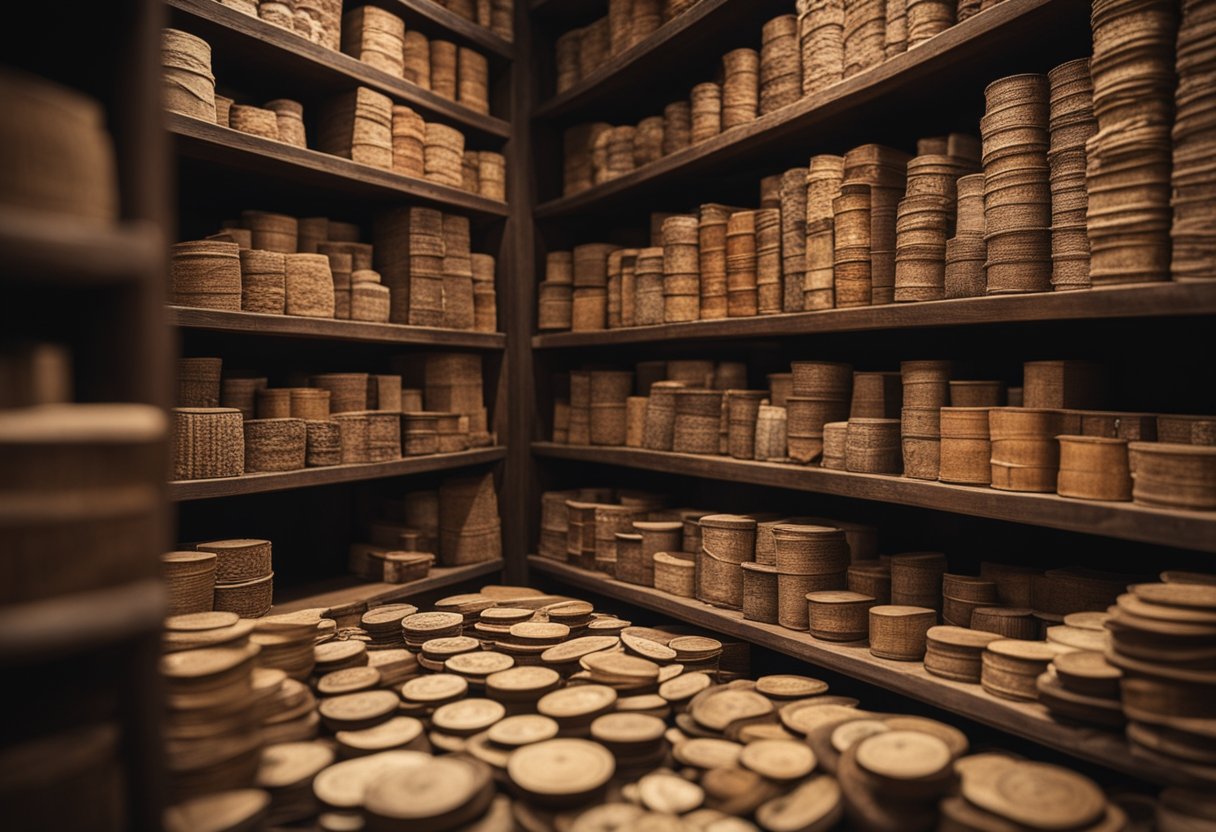
Folklore embodies the tapestry of cultural heritage, enshrining the rituals, skills, and stories that define communities. It’s a living form of history, continuously woven by the people who preserve and adapt their traditions in an ever-changing world.
Rituals, Skills, and Stories
Folklore encapsulates diverse rituals, skills, and stories that carry the weight of tradition through generations. These elements are instrumental in maintaining a community’s identity and serve as a vehicle for the intergenerational transmission of cultural knowledge. Rituals can range from annual festivals to daily customs, often reflecting the values and beliefs of a culture. They provide a structure where a community can express its identity and cohesion. Skills in folklore might include traditional crafts or food preparation methods, representing our ancestors’ ingenuity and resourcefulness. Stories, encompassing myths, legends, and fairy tales, function as the narrative backbone of folklore, passing down moral lessons, warnings, and the very ethos of a society.
Media Richness in Folklore
The concept of media richness in folklore refers to the depth and nuance that various forms of media bring to preserving and disseminating folklore. In today’s digital age, we can harness multimedia archives to ensure that the subtleties and complexities of oral traditions and performances are captured and shared. This includes audio recordings that preserve the tonal nuances of storytelling, high-definition videos that capture the vibrant details of dance and costume in rituals, and interactive platforms that allow for the dissemination and continued evolution of traditional skills. Such richness ensures that the full spectrum of folklore’s expressive power is not lost and can continue to be a source of identity and continuity for communities worldwide.
Future Directions in Folklore Archiving
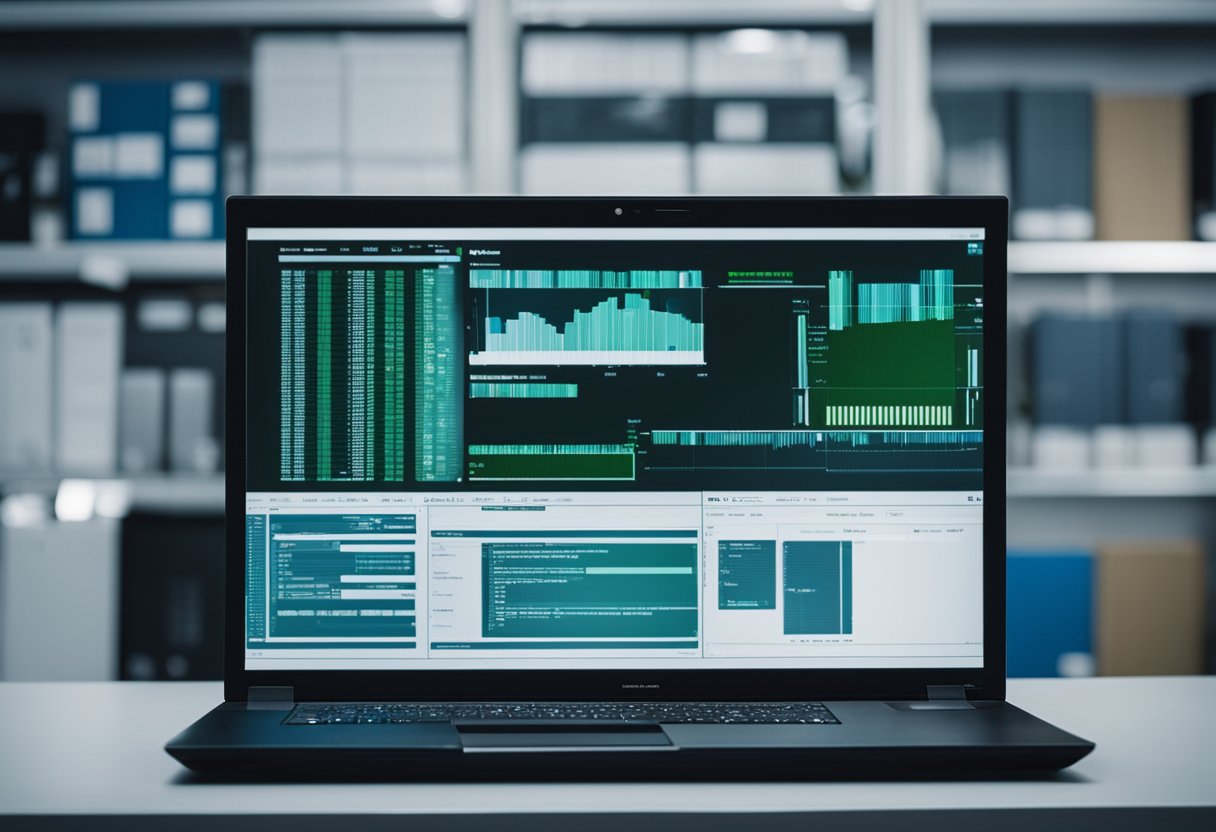
In the realm of folklore archiving, the horizon is expanding with the evolution of digital preservation. We are seeing an emphatic shift towards born-digital materials, which necessitate new strategies and technologies for archiving. Our task is to ensure that the rich tapestry of human cultural expression is not lost as it transitions from oral and physical mediums to digital formats.
Embracing these challenges, we highlight several key areas for growth:
- Innovation in Access: Digital archives allow us to go beyond mere storage. We’re looking at novel ways to make folklore collections more accessible and interactive for broader audiences, ensuring a dynamic engagement with cultural heritage.
- Collaborative Spaces: The future points towards creating collaborative digital platforms. Here, communities can contribute to and curate their folklore, fostering an inclusive digital environment where diverse traditions thrive.
- Enhanced Archival Practices: Born-digital content presents unique preservation issues. We are honing methods like digital curation and metadata standardisation to effectively manage and preserve these materials.
- Integration in Education: We aim to embed digital folklore archives into education, using them to learn and explore cultural heritage, thus nurturing a deeper appreciation and understanding.
These approaches will secure the longevity and relevancy of folklore in our collective memory. As we advance, we must balance reverence for tradition with innovative archival practices, ensuring that the stories of our past continue to inform and enrich future generations. Our commitment to these future directions in folklore archiving aligns with the broader context of evolving cultural heritage preservation worldwide.
Frequently Asked Questions
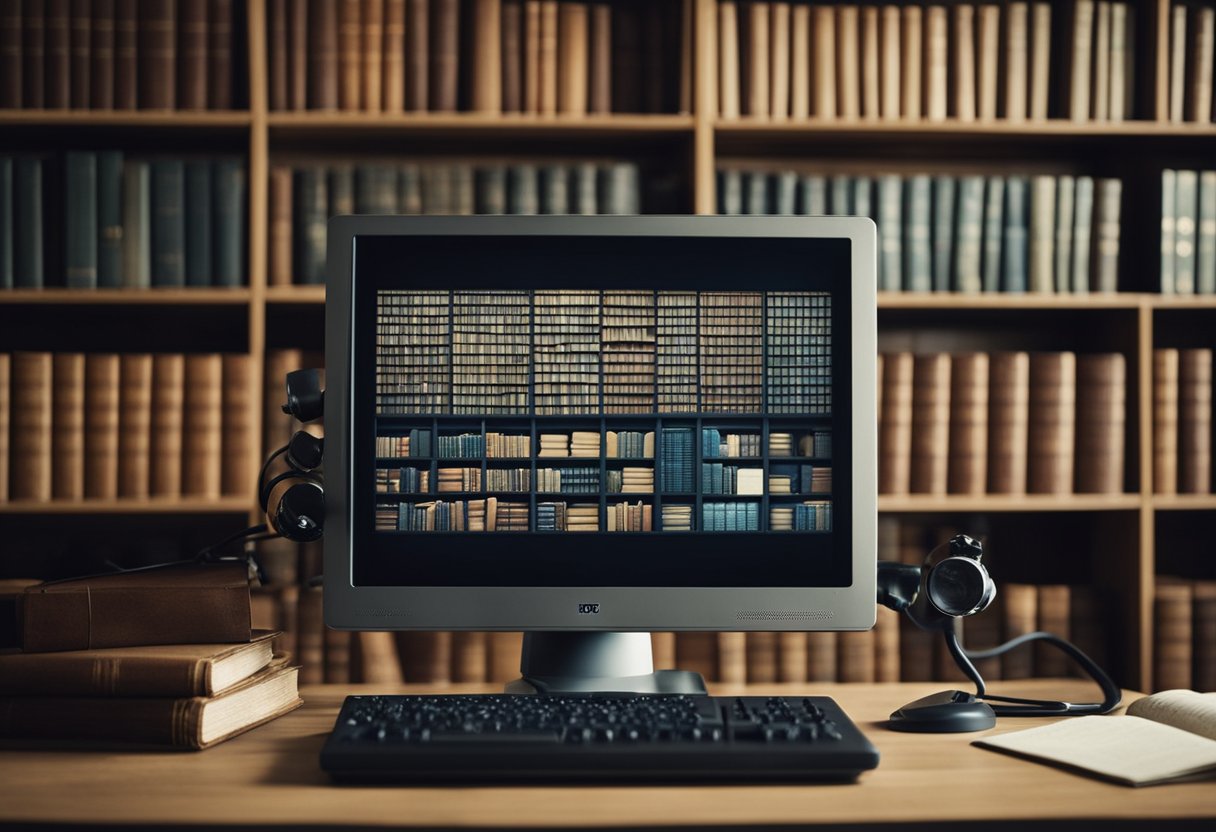
In the digital age, preserving folklore ensures that future generations can access the cultural narratives that shape our identity. We address common inquiries about how this vital work is conducted.
How can digital archives contribute to the safeguarding of folklore traditions?
Digital archives play a crucial role in safeguarding folklore by providing a permanent, accessible repository for cultural materials. By digitally documenting and preserving diverse traditions, we ensure that the knowledge and practices are not lost to time but remain available for education and cultural continuity.
What methods are most effective for digitising and preserving intangible cultural heritage?
Effective methods include high-quality digital recordings of performances, meticulously transcribed oral histories, and detailed digital photography of artefacts. Ensuring these digital assets are stored in formats compliant with preservation standards is fundamental to maintaining their integrity over time.
What are the challenges faced in collecting and preserving folklore in digital formats?
One of the main challenges is the technical limitation of current file formats and storage media, which may become obsolete. We must also tackle the ethical considerations of sharing sensitive cultural information and obtaining proper community consent.
How do digital archives ensure the accessibility and usability of folklore materials for future generations?
Digital archives implement comprehensive metadata and cross-referencing systems that enhance the discoverability of their collections. By adhering to open-access principles wherever possible, we enable widespread usage while collaborating with communities to respect cultural sensitivities.
In what ways do digital preservation efforts impact the authenticity and integrity of folklore?
Digital preservation can sometimes alter the context or nuances of folklore. Our task is to preserve the materials in a manner that respects their authenticity, ensuring that the original context and cultural significance are maintained within the digital records.
What role do communities play in digitally archiving their folklore and cultural practices?
Communities are integral to the archiving process, offering vital knowledge and insights that guide the ethical collection, interpretation, and sharing of cultural materials. Their active participation ensures that the digital archiving of folklore is a collaborative and inclusive effort, honouring the living traditions at the heart of cultural practices.






